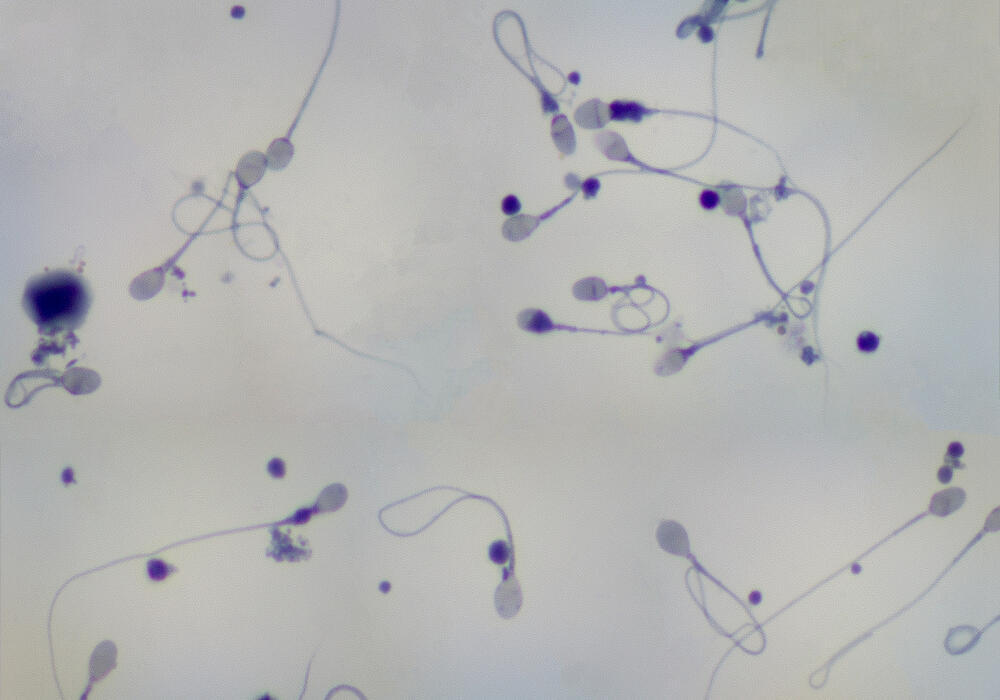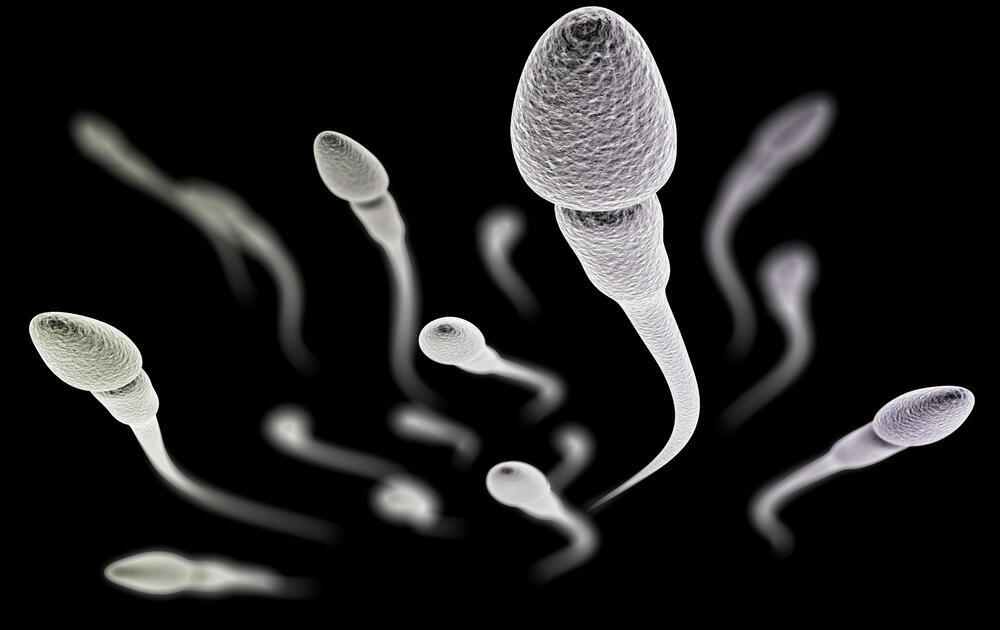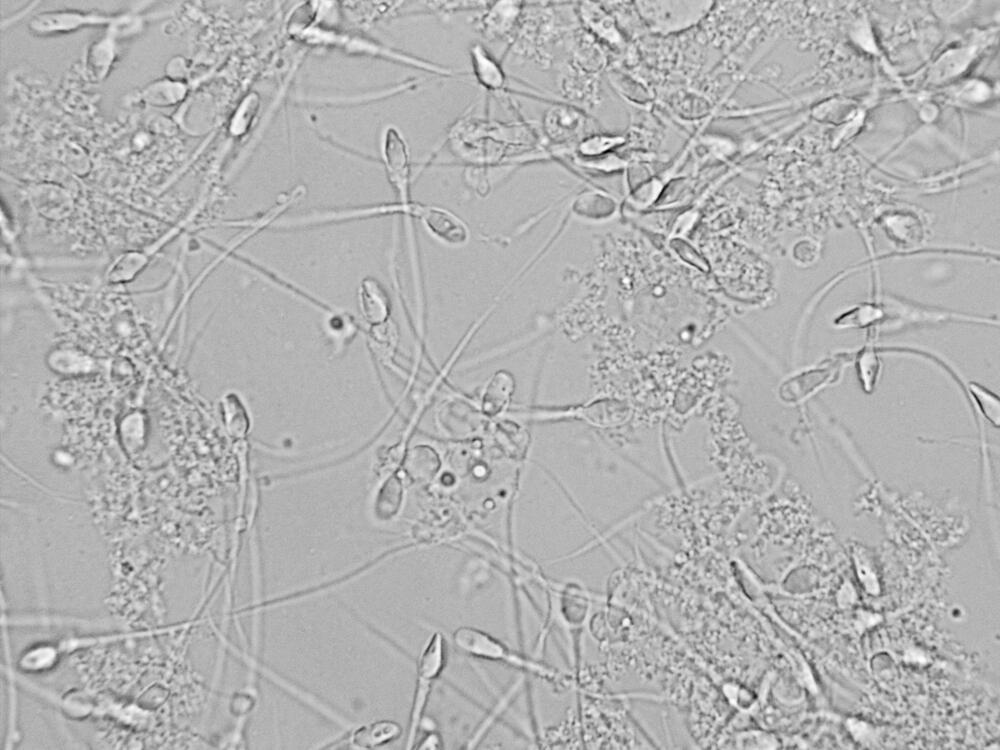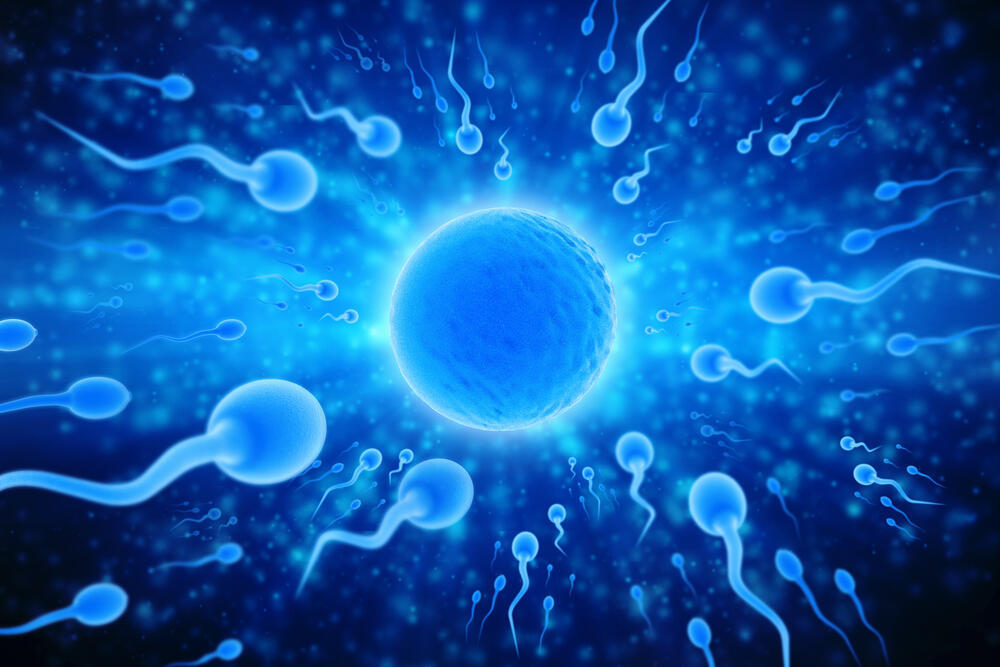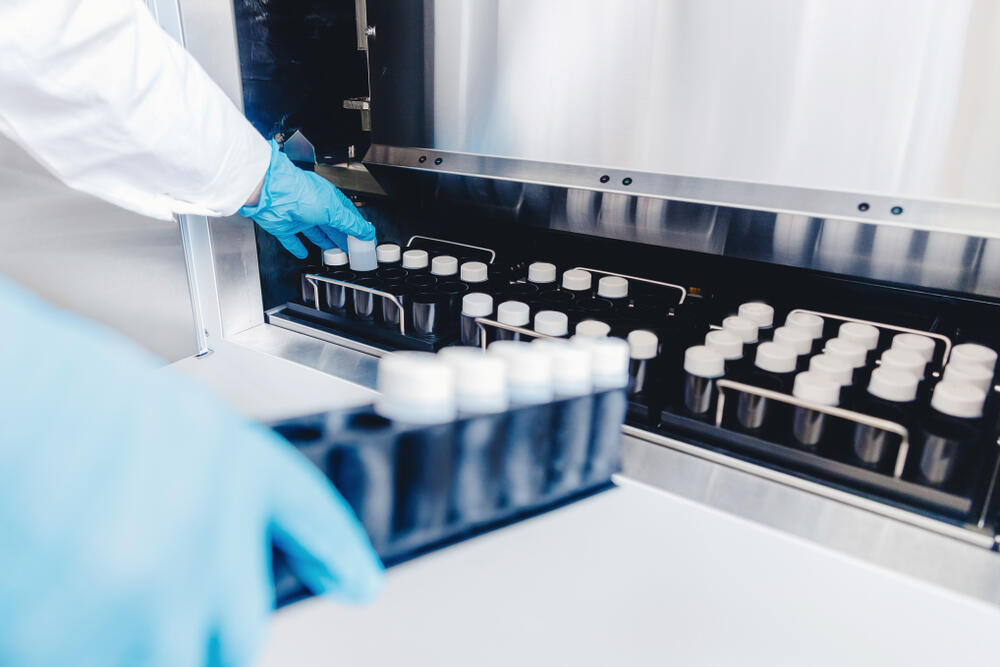Getting your Trinity Audio player ready...
Infertility is a challenging issue for many who aspire to become parents, and the myriad of questions surrounding it can be complex. Some of these questions pertain to women's age and fertility, while others relate to men.
Read more:
Infertility is defined as the inability to conceive after 6-12 months of unprotected intercourse, after which it is recommended to seek fertility assessment.
A closer look at the sperm bank in Rabin Medical Center will demonstrate common issues with male fertility - what is considered normal semen, what is seen in problematic semen samples, and how it can be treated. The good news is that there are solutions.
A woman's age is a significant factor when deciding the timing of fertility testing, and considering the gradual decrease in fertility with age, it is recommended to begin checking after six months of trying to conceive naturally for women over 35. A man's age also affects the chances of conception, but in a more modest way. The primary risk in older men (over 45) is related to certain diseases in offspring.
How do we know if the problem is in the sperm?
Contrary to past stigmas, which often posited that infertility issues necessarily originated with the woman, it is now clear that in a third of cases, decreased fertility indicators can be found in men. Therefore, if there is difficulty in conceiving, both the man and the woman should undergo fertility testing.
The investigation in men begins with the examination of their semen sample, in which a number of indicators are assessed, and a comparison is made between the found values and those of fertile men.
What are the examined indicators?
The most important is sperm concentration - the number of sperm cells per milliliter of semen. A value below 15 million sperm per milliliter is considered low.
The second most crucial measure is motility. Under the microscope lens, all sperm cells in the sample field are observed, and the percentage of those in motion is counted. Then, the quality and speed of movement are examined. Fast forward (progressive) movement is preferred, as it best propels the sperm toward the egg. Some sperm cells move in a circular motion, which contributes less to the chances of conception.
The third and least important measure is morphology: the appearance of the cells is examined, and the percentage of sperm with normal appearance is determined. Sperm cells with two tails or two heads are examples of flawed morphology. It is important to note that even in a normal semen sample, many cells have abnormal morphology, and just 4% of normal cells are enough to determine that the sample is standard. In recent years, it has become apparent that spontaneous conception is possible even when the proportion of normal cells is lower.
The initial analysis of a semen sample includes a combination of these three parameters. Additionally, other factors such as the acidity of the semen and its volume are examined. More advanced sperm tests look at the percentage of sperm with DNA breaks. These tests are not part of the standard assessment and are only performed in special cases.
What should one do when a sperm test is identified as abnormal?
First and foremost, the man is asked to conduct an additional sperm test, as there can be variability between different tests. It is advisable to wait at least a month between the two tests, to reduce the risk that an external factor such as illness or infection has affected sperm quality. Only if both samples are abnormal will it be determined that the sperm parameters are indeed low.
Next, a comprehensive evaluation is performed for the man, including a thorough interview, a comprehensive physical examination, hormonal tests, appropriate imaging, and sometimes even genetic testing.
What are the factors that affect sperm quality, and how is the problem treated?
Problems can be divided into two types. The first, and easier to resolve, includes external and environmental problems related to lifestyle: smoking, alcohol consumption, overweight, poor nutrition, extreme and prolonged exposure to heat, and more. All of these can harm sperm quality, and a change in lifestyle may improve it. In such a case, the man will be advised to quit smoking, reduce alcohol consumption, and switch to a healthy diet - preferably a Mediterranean diet, which has been proven beneficial for sperm quality and male fertility.
The second type includes health problems, congenital and acquired. For example, varicocele - enlarged veins in the scrotum, mainly on the left side, which at a high severity can damage sperm quality. Surgical intervention can improve sperm quality in about 70% of cases. It should be emphasized that usually the phenomenon does not harm sperm quality. Hormonal deficiency can also lead to damage in sperm quality, and the solution is external hormonal treatment.
In certain cases, a genetic problem exists. The most common is Klinefelter syndrome, which occurs in one out of 800 men and usually causes a complete absence of sperm in the ejaculate and other problems. The treating physician needs to diagnose the problem and tailor the appropriate type of treatment for the patient.
One of the surgical options is to try to extract sperm directly from the testicle: tissue samples are taken from the testicular tissue and sent to the lab to find sperm cells in the tissue. The results are reported in real time to the surgeon, who then decides if the operation needs to be expanded. There are several types of surgeries, ranging from a simple aspiration of sperm tissue to an extended search in the testicle under a microscope in an attempt to find sperm tubes that appear normal.
Can there be a decrease in sperm quality that doesn't require surgical or medicinal intervention?
Yes. If there is only a slight decrease in sperm quality, a treatment to improve sperm quality called "sperm enhancement" can be performed: the sperm is washed to isolate the best quality sperm cells, which are then transferred to the uterus via insemination.
Do you need to undergo any treatment for the sperm each time you want to have a child?
If the cause of the problem was environmental factors, it is necessary to maintain a healthy lifestyle in order not to harm sperm quality. In other cases, such as Klinefelter syndrome, the sperm that was found in the testicles during surgical intervention is frozen and saved in case the patient wants to have more children in the future.
How is sperm stored?
Sperm samples are frozen and stored in a sperm bank at a temperature of minus 196 degrees Celsius, in liquid nitrogen containers. With proper freezing, sperm can survive for decades.
Are there early signs of a problem with sperm?
There are suspicious situations, such as delays in sexual development during adolescence, including the absence of body hair, voice change, lack of muscle mass increase, and lack of testicular growth. In these cases, there may be a problem with sperm quality.
The author is the director of the Sperm Bank and Male Fertility Unit at Rabin Medical Center in Petah Tikva


